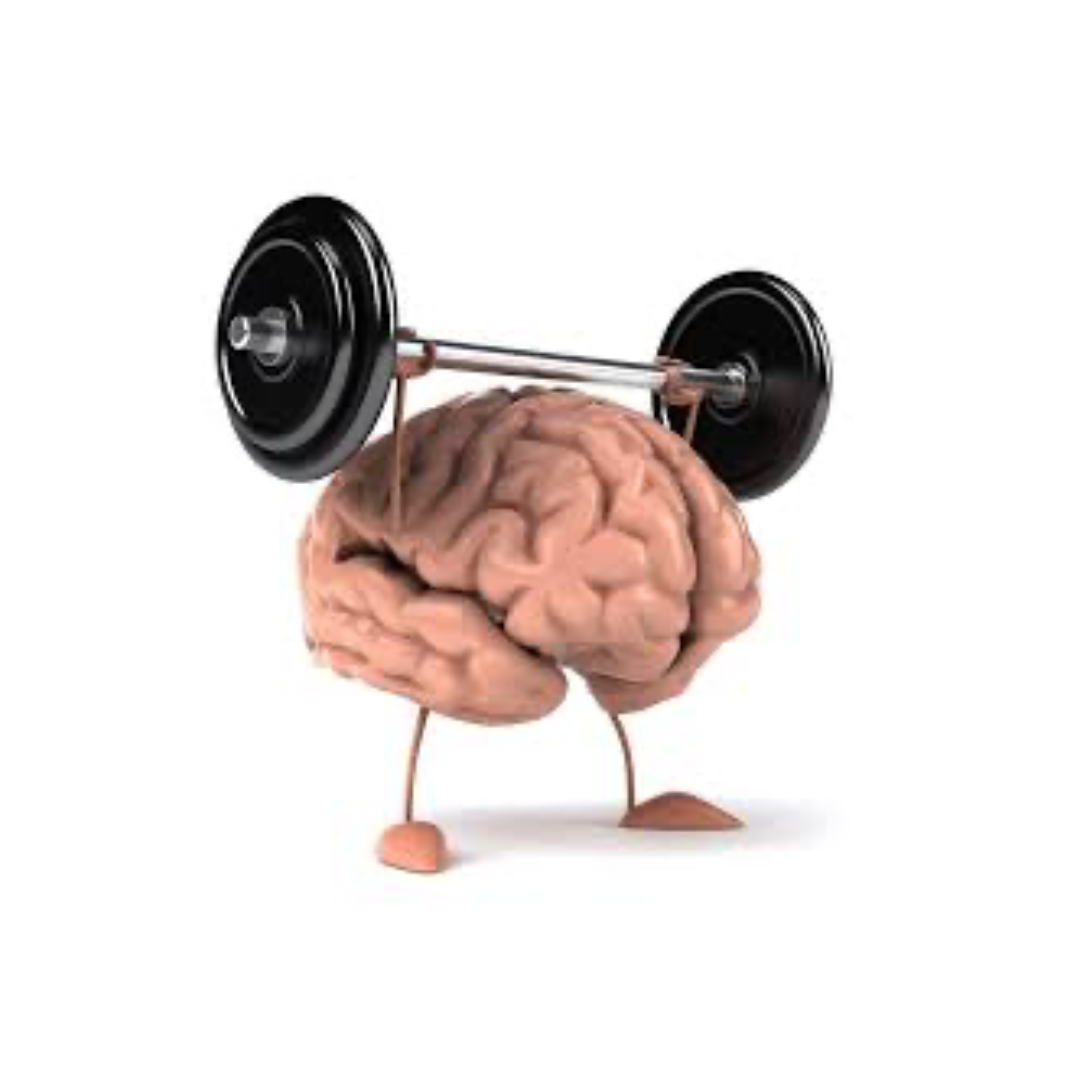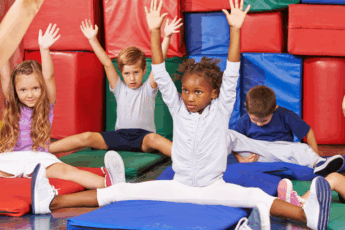Tumbling might look like flips, rolls, and handstands—but underneath it all, it’s helping kids grow in big ways. From muscle strength to mental focus, tumbling works both the body and the brain. If your child is enrolled in a tumbling program (or you’re thinking about it), here’s why it’s more than just fun—it’s foundational.
1. It Builds Full-Body Strength
Tumbling isn’t about one muscle group. It works everything—arms, legs, core, back, and even grip. Skills like handstands, bridges, and cartwheels require:
– Strong shoulders and arms for support
– Core strength to stabilize movements
– Leg power for jumps and landings
Over time, kids build strength in a well-rounded way, which helps them not only in tumbling but in other sports and everyday activities too.
2. It Improves Coordination and Balance
To tumble well, kids need to control their bodies while moving through space—sometimes upside down. That’s a skill called proprioception (fancy word, but super important).
– Cartwheels teach side-to-side control
– Forward rolls teach how to shift weight and stay centered
– Handstands and walkovers challenge balance in fun, new ways
These skills sharpen coordination, making movements smoother and more controlled. And that coordination helps in almost any other sport.
3. It Enhances Flexibility and Joint Health
Stretching is a big part of every tumbling class—and for good reason. Tumbling helps kids:
– Increase flexibility in their hips, shoulders, and back
– Improve range of motion in joints
– Reduce the risk of injury in sports and play
Being flexible also just helps kids feel more comfortable and capable in their own bodies.
4. It Boosts Brain Development
Tumbling isn’t just physical—it’s deeply mental. Learning new skills challenges the brain in ways that support cognitive development. Kids build:
– Focus and concentration
– Spatial awareness
– Memory and sequencing (think: learning steps of a skill in the right order)
And when they repeat these skills over time, they strengthen brain pathways for learning, discipline, and body control.
5. It Encourages Problem Solving and Persistence
Tumbling isn’t always easy. Kids will try skills that don’t work out the first time—and that’s the point.
– They figure out how to adjust their form.
– They learn to listen to feedback and apply it.
– They keep trying, even when it’s tough.
That builds mental toughness, patience, and self-motivation—qualities they’ll carry with them for life.
Final Thoughts
Tumbling is so much more than flips and tricks. It helps kids grow strong, think clearly, and develop the kind of focus and persistence that sets them up for success—in school, sports, and everyday life.
If you’re looking for a fun, high-energy activity that supports your child’s total development, tumbling is a great place to start.






